I am renovating the back entryway of our 1850’s farmhouse, and want to install full length built-in cabinets between and around the windows. Is there any reason I can’t build the cabinets directly on the studs, or should I drywall first? Any other tips on built-ins would also be greatly appreciated.
Discussion Forum
Discussion Forum
Highlights
"I have learned so much thanks to the searchable articles on the FHB website. I can confidently say that I expect to be a life-long subscriber." - M.K.
Fine Homebuilding Magazine
- Home Group
- Antique Trader
- Arts & Crafts Homes
- Bank Note Reporter
- Cabin Life
- Cuisine at Home
- Fine Gardening
- Fine Woodworking
- Green Building Advisor
- Garden Gate
- Horticulture
- Keep Craft Alive
- Log Home Living
- Military Trader/Vehicles
- Numismatic News
- Numismaster
- Old Cars Weekly
- Old House Journal
- Period Homes
- Popular Woodworking
- Script
- ShopNotes
- Sports Collectors Digest
- Threads
- Timber Home Living
- Traditional Building
- Woodsmith
- World Coin News
- Writer's Digest
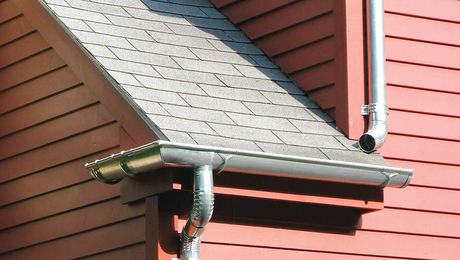

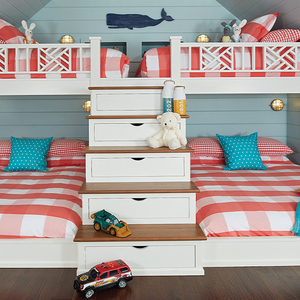
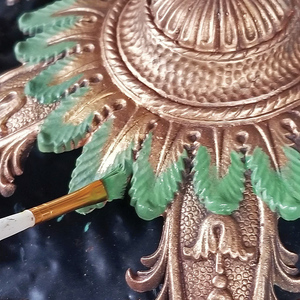
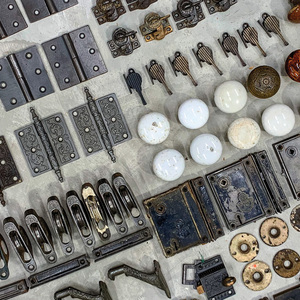
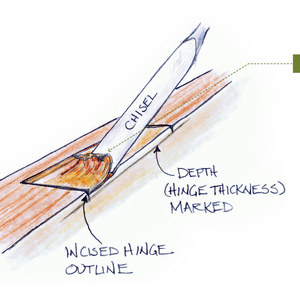







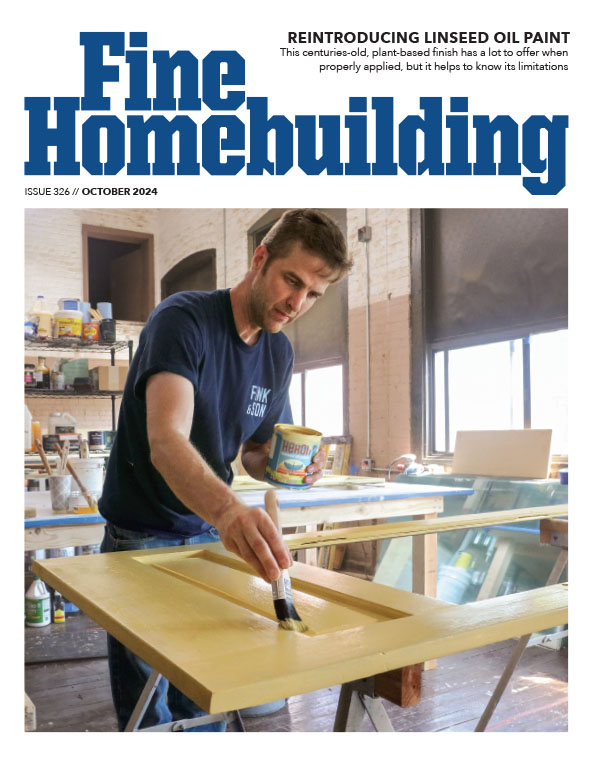





Replies
I would suggest drywalling and prime painting, then put up the cabinets. I'm not sure if it's required in the location you are referring to, but you do get some level of fire protection with drywall. I noticed that some contractors just use Type X drywall (fire rated) everywhere. It's heavier (5/8-in versus 1/2-in) but the cost is not that much more to install, and you do get a little more sound deadening.
Ditto the drywall. Your joints don't need to be pretty. You should also install a vapor barrier between the drywall and insulation if you are in a northern climate.
Thanks for your response. I have used vapor barrier in the past, but always had the nagging thought that down the road, condensation could rot the studs. Is this caution at all justified?
Depending on your climate, it can be very helpful in preventing condensation. Where are you located?
In a northern climate, a vapor barrier should be installed on the inside of the insulation, and a breathable weather barrier (tar paper or housewrap) on the outside. The vapor barrier prevents moist interior air from migrating through the wall. If you didn't have a vapor barrier, this air would get colder and colder as it moved out through the insulation and at some point within it the moisture would condense and wet the insulation and wood. Whatever you put on the outside must be breathable so what little moisture does get through isn't trapped.
If you live in a southern or mixed climate, the construction would be different.
If you omit the vapor barrier you are more likely, not less likely, to rot the studs.
Thank you for the further explanation. I live in western New York, about 60 miles east of Buffalo. Sounds like vapor barrier is a good idea...:)
To avoid unnecessary scribing, you should pull a string across the wall where the built-ins will be. Shim the shy studs to flat and plumb. When the drywall goes on, you'll have a much better wall to work on.
If you can, set the end studs of the wall a little back from the others, and when you tape the seam, the skim out will make a square corner, not a regular curvy mud corner.
Good Luck rg